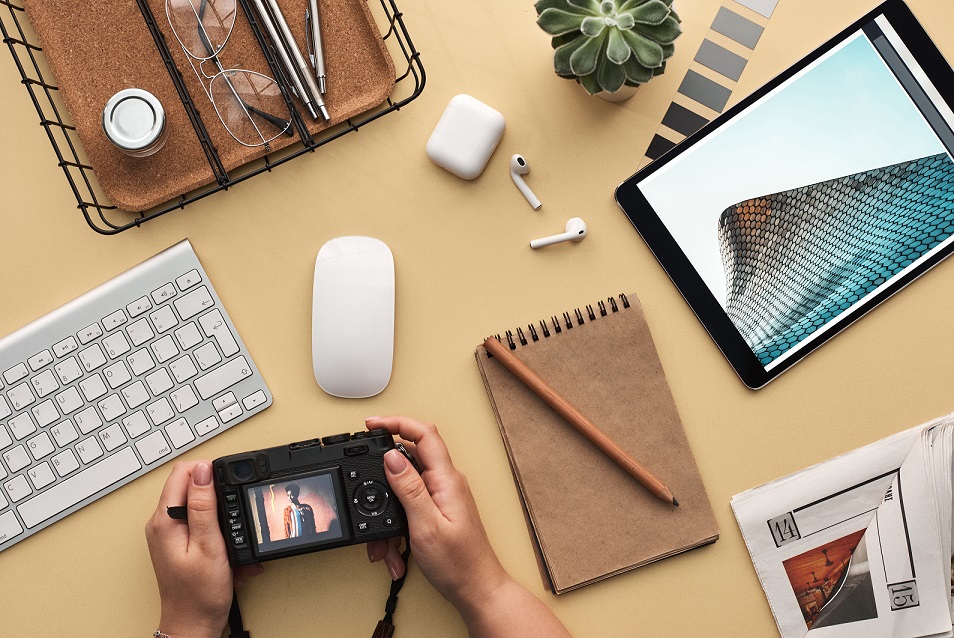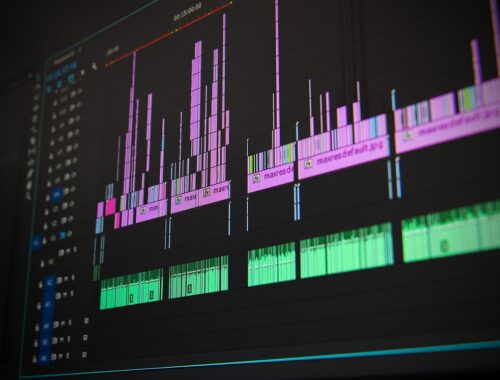
What is a Design Trend? How do you Find and Use Trends for your Business?
In the world of design, trends play a significant role in shaping the visual landscape. Design trends refer to popular styles, techniques, or aesthetics that emerge and gain popularity within a specific period. They influence various design disciplines, including graphic design, web design, interior design, fashion, and product design. Understanding and harnessing design trends can be a powerful tool for businesses, as it allows them to stay relevant, captivate their audience, and create visually appealing experiences.
What is a Design Trend?
Design trends reflect the collective preferences and tastes of designers, consumers, and society as a whole. They emerge as a response to cultural shifts, technological advancements, and changing consumer expectations. Design trends can manifest in various forms, including color palettes, typography styles, layout techniques, visual motifs, and design elements. They can range from minimalism and flat design to bold and vibrant gradients, from vintage-inspired aesthetics to futuristic and abstract compositions. Design trends are dynamic and evolve over time, reflecting the ever-changing nature of design and the world around us.
Finding Design Trends
Research Industry Publications and Blogs: Stay updated on the latest design trends by following industry publications, design blogs, and websites. These platforms often feature articles and roundups showcasing current and emerging design trends. They provide insights, analysis, and examples of how these trends are being applied in various design disciplines.
Explore Social Media and Design Communities: Social media platforms like Instagram, Pinterest, and Behance are excellent sources for discovering design trends. Follow design-focused accounts, hashtags, and explore relevant communities to see what other designers and businesses are creating. These platforms often showcase the latest design trends through curated content, user-generated posts, and inspirational visuals.
Attend Design Conferences and Events: Design conferences, workshops, and industry events bring together design professionals, thought leaders, and innovators. These events offer opportunities to learn about the latest trends, listen to influential speakers, and network with like-minded individuals. Immersing yourself in the design community can provide valuable insights into emerging trends and industry best practices.
Observe Competitors and Industry Leaders: Keep an eye on your competitors and industry leaders to see how they are incorporating design trends into their branding, marketing materials, and product designs. Analyze their visual strategies and take note of any recurring design elements or styles that they are using. While it’s essential to stay unique and authentic, understanding how others interpret and apply design trends can inspire your own creative approach.
Using Design Trends for your Business
Stay Relevant and Engage with your Audience: Incorporating design trends in your brand identity, marketing materials, and product designs helps your business stay relevant and engage with your target audience. By aligning with current design aesthetics, you create visually appealing experiences that resonate with consumers. Design trends can enhance brand perception, capture attention, and create a positive impression of your business.
Differentiate and Stand Out: While it’s important to follow design trends, it’s equally crucial to find ways to differentiate your business from competitors. Design trends should be used as a foundation for creativity and innovation rather than a strict template. Explore how you can adapt and reinterpret design trends to create a unique visual language that sets your business apart. This can be achieved through a distinctive color palette, unique typography, or unexpected combinations of design elements.
Enhance User Experience: Design trends often emerge in response to changing user behaviors and expectations. By incorporating design trends, you can enhance the user experience of your products or services. For example, responsive web design, which has become a standard trend, ensures that your website adapts seamlessly to different screen sizes and devices, providing a user-friendly experience. Similarly, incorporating intuitive navigation, clean layouts, and visually appealing graphics can improve the overall user experience.
Showcasing Innovation and Creativity: Design trends can serve as a platform to showcase your business’s innovation and creativity. By embracing emerging design trends, you demonstrate a forward-thinking approach and an ability to adapt to changing aesthetics. This can position your business as a leader in your industry and attract customers who appreciate cutting-edge design.
Consistency and Cohesion: While design trends can be exciting to explore, it’s essential to maintain consistency and cohesion in your visual brand identity. Your design choices should align with your brand values, target audience, and overall brand strategy. Use design trends selectively and integrate them in a way that enhances your brand story rather than diluting it.
Test and Iterate: Design trends are not static, and they evolve over time. It’s crucial to test and iterate on your design choices to ensure they resonate with your audience and align with your business goals. Conduct user testing, gather feedback, and monitor the performance of your design implementations. This iterative process allows you to refine and optimize your designs based on real-world feedback.
Balance with Timelessness: While incorporating design trends can be impactful, it’s important to balance them with elements of timelessness. Some design trends may come and go quickly, so it’s crucial to consider their longevity and how they fit within your overall brand identity. Blend design trends with timeless design principles to create a visual language that withstands the test of time.
Design trends are a dynamic and ever-evolving aspect of the design industry. By staying informed and embracing design trends, businesses can create visually compelling experiences that engage their target audience and convey a sense of relevance and innovation. However, it’s important to use design trends strategically and in a way that aligns with your brand identity and business objectives. By understanding the latest design trends, adapting them creatively, and incorporating them into your design strategy, you can effectively leverage trends to create a strong visual presence for your business. So, embrace the world of design trends, let them inspire your creativity, and use them as a tool to elevate your brand’s visual identity.
You May Also Like

How to Use Trends to Find Business Ideas
May 30, 2023
Why Trends Are Important for Brands?
May 31, 2023

